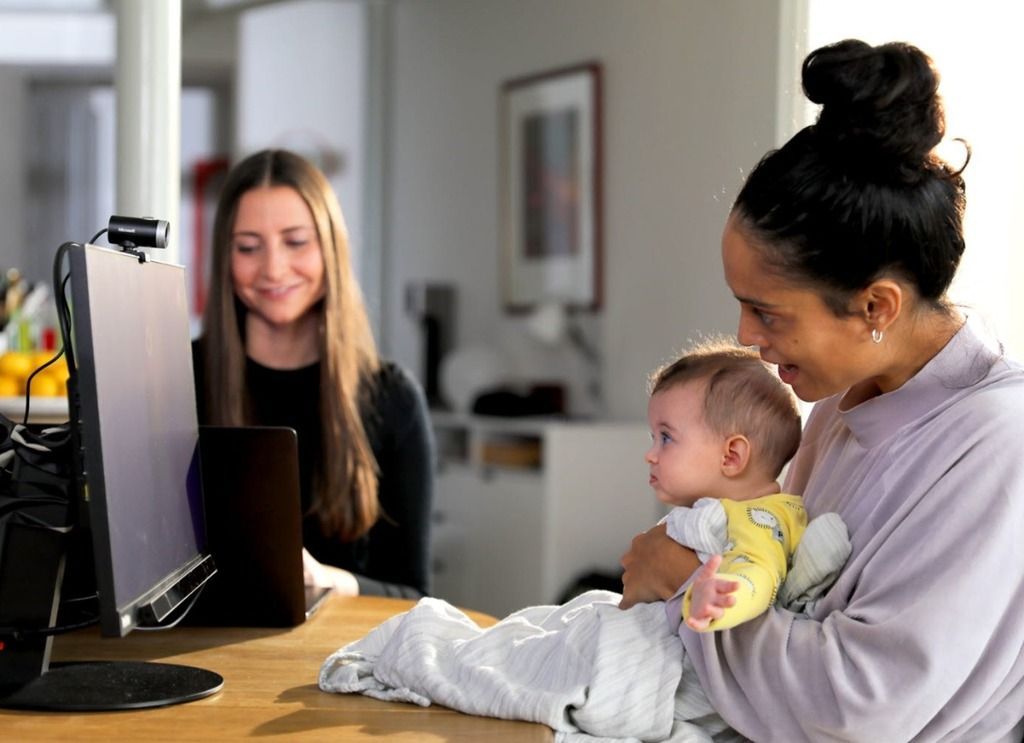3 Examples of eye tracking lab set-ups
Can you imagine, in the 19th century the study of eye movements for instance was done by means of direct observations? Luckily, nowadays eye tracking can easily be automated.
Posted by
Published on
Mon 04 Apr. 2022
Topics
| Eye Tracking | The Observer XT | Video Observation | FaceReader |
Wouldn’t every researcher want to automate certain measurements and save valuable time? In the 19th century, the study of eye movements for instance was done by means of direct observations! Can you imagine the time investment?
3 Examples of eye tracking lab set-ups
Fortunately, the process of measuring the point of gaze or the motion of an eye relative to the head - shortly called eye tracking - can now easily be automated. Direct observations are nowadays used to observe the surroundings or specific behaviors of the test participant where necessary. These observations add extra information to the eye tracking data.
Automated measurements
Eye trackers, mobile or stationary, have proven to be effective and reliable tools to assist researchers in answering questions about for example attention processes. They enable you to see what exactly your test participant is looking at, and is not looking at, or missing during interactions.
Find out more: What can you use eye tracking for?
Eye tracking devices
Eye trackers are available in multiple formats: there are mobile unites like glasses, stationary eye trackers or VR units including eye tracking, each with unique benefits. Computer-monitor eye trackers are stationary and are also commonly used in an office setting.
Mobile eye trackers like glasses can provide insight in real-life settings into consumers’ or users' attention and responses to product placement or other stimuli.
Eye trackers integrated in a lab
Eye trackers are often integrated into lab set-ups, for example in a game lab or in a simulator. They add substantial power to a lab set-up, as they produce gaze path video and large quantities of rich data, all related to attention and emotion.
Eye tracking in developmental psychology research
They can also be used in observational research, for instance to measure emotional responses in parent-child interactions and child development. Observation of infants and children is often done in an observation lab, where observations can be done unobtrusively in a setting that’s similar to their normal home environment.
Because infants are unable to provide verbal feedback, facial expressions of babies are extremely useful in telling us more about their reactions. These expressions give important cues that allow us to better understand an infant’s behavior and responses.
In a controlled environment like an observation lab, you can accurately measure exploratory gaze behavior or emotional reactions. Some researchers use eye tracker data together with video recordings to capture the exact gaze of the infant, and get more insights into their development.

Our partner Tobii Technology offers a wide range of eye trackers.
Additionally a tool like Baby FaceReader can be used to automatically measure facial expressions in infants ranging in age from 6 to 24 months old. This automated system uses the Baby FACS1 to describe specific movements of an infant's face. It can help analyze cognitive information processing, expressive behavior occurring in naturalistic and experimental situations, and during parent-child interactions.
Differentiating between task experiences
Office software, games, or other applications can be evaluated by differentiating between participants with and without previous task experience. When a participant has previous experience with a website, game, or other application, the scan path of the eyes will most likely have fewer fixations than the scan path of a participant with no previous experience.
In all of these lab set-ups eye tracking can also be used to obtain data such as pupil height and width, ocular torsion, pupil position, velocity of eye movement/saccades, and location and duration of eye fixation.
Record all data in perfect sync
Using eye tracking in combination with research software The Observer® XT allows researchers to specify subjects and behaviors which can be coded during a test and afterwards played back alongside the eye tracking data.
Eye trackers usually produce multiple data modalities, such as a video image of the participant’s field of view, hotspots, pupil width, fixations, and areas of interest (AOI). In The Observer XT video coding software you can synchronize all data and analyze it to see exactly what happened in an experiment.
Read more on eye tracking, data integration, and multi-modal data in behavioral research:
References
- Oster, H. (2016). Baby FACS: Facial Action Coding System for infants and young children. Unpublished monograph and coding manual. New York University.
Related Posts

Early exploratory behavior in infants with Down syndrome

Become and stay aware about children with autism



